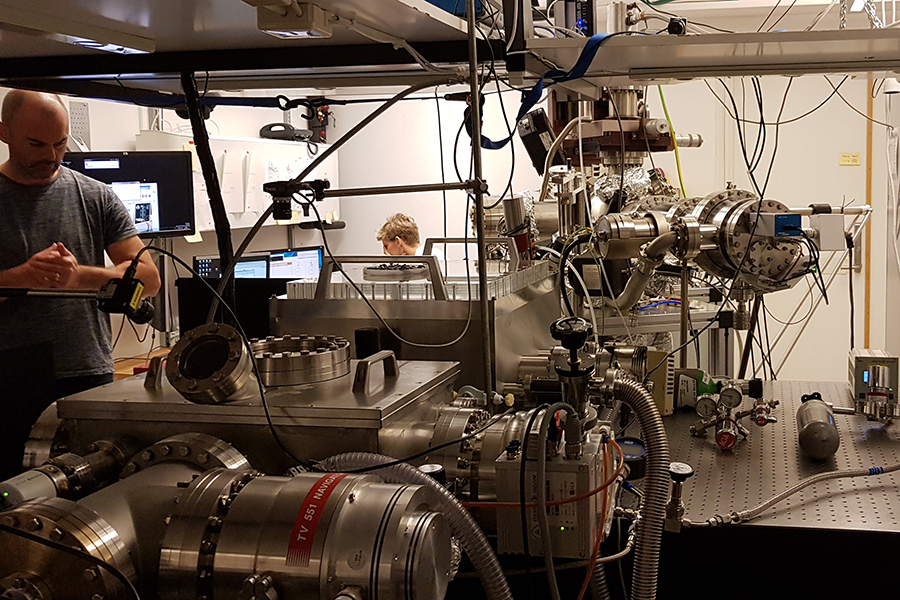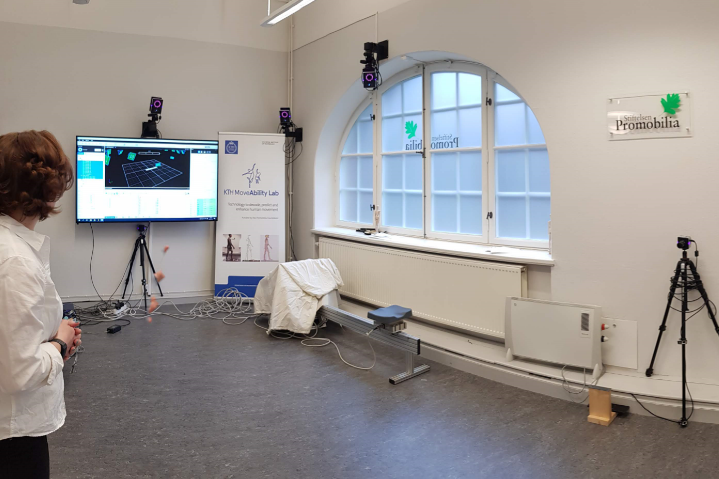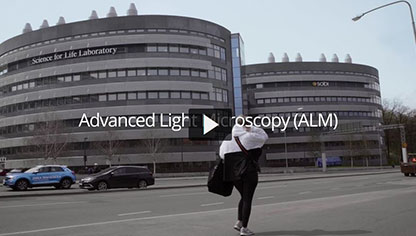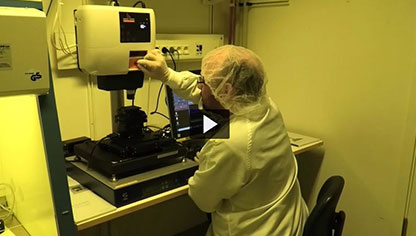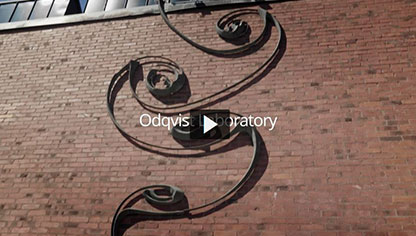Research infratructures
The school has several advanced research infrastructures that are used for research and education. Our resources make it possible to perform tests and demonstrations, verify theories and develop applications and innovations.
Advance Light Microscope Laboratory (ALM)
This research infrastructure, located at SciLifeLab, provides access and user support in advanced light microscopy for nanoscale biological visualisation. The laboratory is one of the nodes in the Swedish national microscopy infrastructure, NMI, and its European counterpart, EuroBioimaging.
ALM's webpage
Director:
Nanolab AlbaNova
ANL is a part of Myfab, the Swedish national research infrastructure for micro and nanofabrication. The pricing model and services to external users are based on
Myfab’s rates.
AlbaNova Nanolab's webpage
Director:
Odqvist Laboratory
The research infrastructure offers a unique range of specialised experimental facilities and equipment for tests and characterisation of solids, fluids, and structures, including, for example, wind tunnels, acoustic (anechoic and reverberant) chambers, test machines, and advanced measurement instruments and systems.
Parts of the facilities are available to external customers at a fee which is calculated to cover the entire or parts of the infrastructure’s costs. The fee varies depending on the customer category and type of work, e.g. a government agency or a business, and whether the work is research oriented or pure commission work.
Odqvist Laboratory's webpage
Director:
KTH Laser Lab
This research infrastructure consists of well-equipped laboratories for research in quantum electronics, materials science, and various cross-disciplinary applications.
There is a fee to use the infrastructure, which is calculated to cover the entire or parts of the infrastructure’s costs. The fee varies depending on whether the user is a Swedish University or a private company. When access is limited, a strict queue system is applied.
KTH Laser Lab's webpage
Director:
KTH MoveAbility Lab
The lab's research is focused on quantifying movement strategies employed by the nervous system, unravelling the causal relation between load bearing and adaptive capacity of the neuro-musculoskeletal system, and developing adaptive assistive devices for children and adults with motion disorders.
Director
